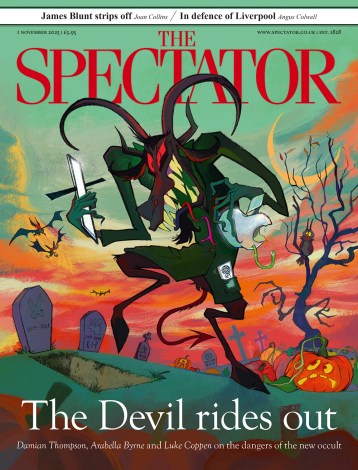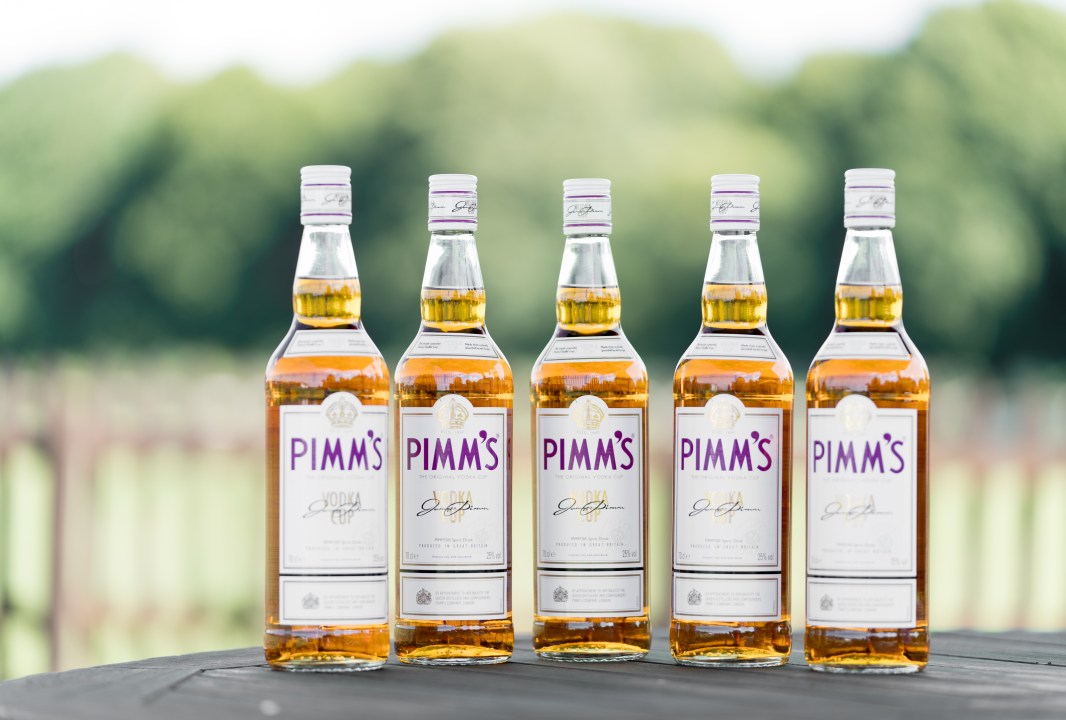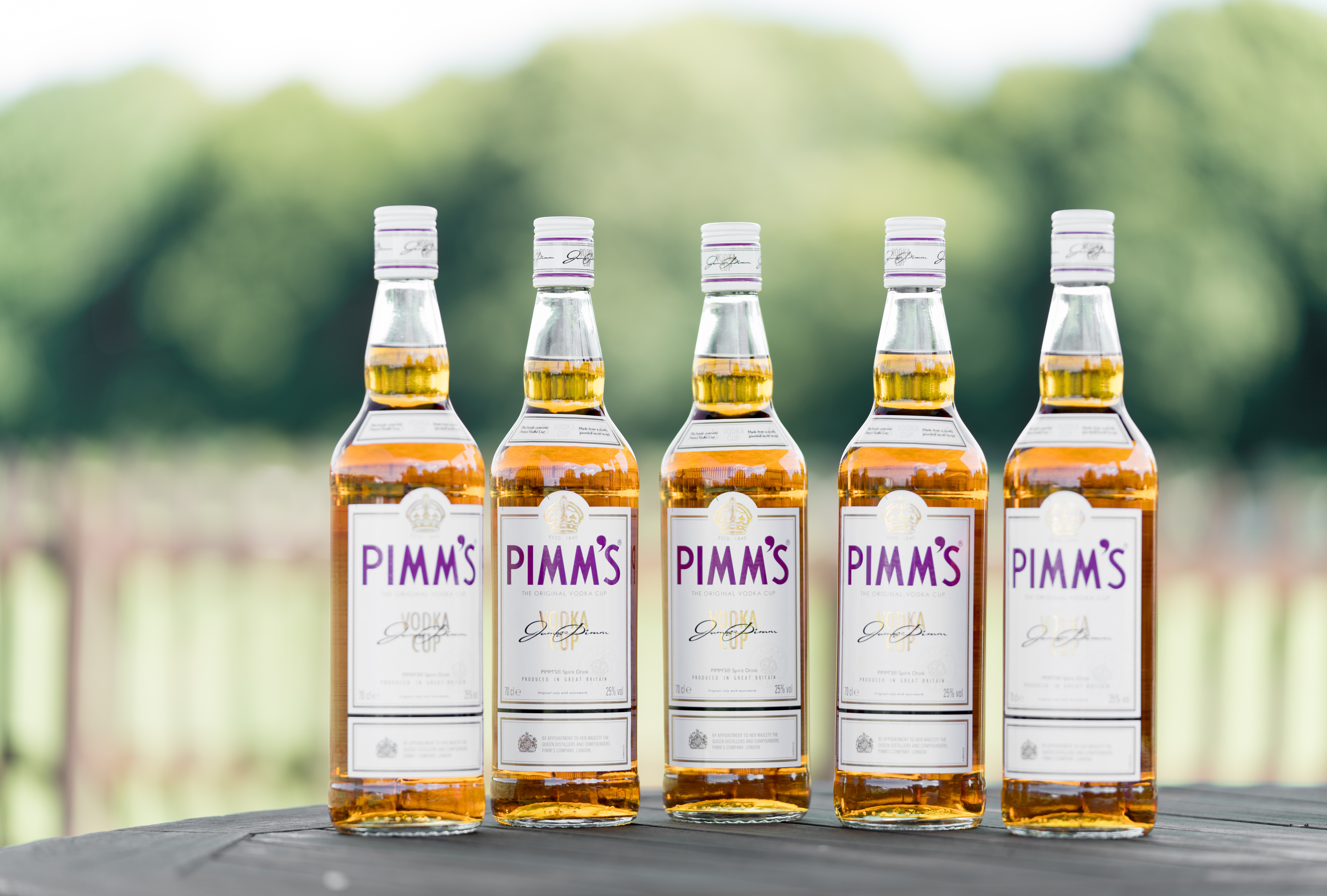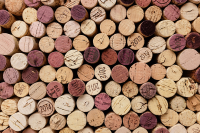Well, that’s Wimbledon done and dusted for another year. All hail King Roger! It’s been a great tournament with much to enjoy. And it has certainly been a darn sight more enjoyable than the second Test match against South Africa. What a debacle that was. Sigh.
Still, both events have given me the chance — armchair sportsman that I am — to settle back on the sofa, put my feet up, and rediscover my love of Pimm’s. I’m told that spectators got through 320,000 glasses of the stuff at Wimbledon over two weeks; just imagine how many couch potatoes like me were also knocking it back at home. That’s quite a bit of Pimm’s for sure.
But I must point out that it wasn’t the gin-based Pimm’s No.1 that I was sinking so merrily, but the newly reintroduced vodka-based Pimm’s No.6.
My wife has been trying in vain to persuade me that Austin’s fruit cup from Aldi is just as good, and she attempted to pull a fast one on me this very weekend by making up a glass of it and telling me it was indeed a Pimm’s. I’ll admit that by the time she’d slopped in all the fruit, lemonade and goodness knows what else, it was similar. But it just didn’t quite have that finesse, that orangey bitterness and clean finish, that I associate with Pimm’s — and especially Pimm’s No.6.
That being said, Austin’s is certainly a lot cheaper than Pimm’s No.1 or No.6 (£7 a litre as opposed to £18 per 70cl of Pimm’s), although it is marginally less alcoholic: 17.5%vol compared to the 25%vol. Perhaps I should stop being picky and just drink it up like a good boy.
The trouble is, now that Pimm’s No.6 is back in the fold (and I was one of the many clamouring for its return), I feel that I ought to stick with it.
As you no doubt know, the original Pimm’s was created in 1840 by a certain James Pimm, a shellfish-monger who boasted a number of oyster bars in the City of London. Vile, badly made gin was the tipple of choice in those days but JP reckoned he could do better on his customers’ behalf. He therefore created his gin-based ‘No.1 Cup’, blending gin, herbal botanicals, caramelised orange and spices to his own secret recipe and selling it to his oyster-scoffing punters in pint tankards. It went down a storm. So much so that Pimm gave up on the oyster bars to concentrate on churning out his fruit cup.
Pimm’s is still made to the same recipe today (the company is now owned by drinks giant, Diageo). It’s known to just six people who are forbidden to travel together in case some ghastly accident befalls them and the formula is lost for ever.
It wasn’t until the 1930s that Pimm’s successors decided to create a number of other fruit cups, namely: No.2 (whisky-based); No.3 (brandy-based); No.4 (rum-based); No.5 (rye-based) and No.6 (vodka-based).
Pimm’s No.1 has been the only constant and all the other versions fell by the wayside. Pimm’s No.6 stuttered along for a while (largely because the then chairman’s wife liked it) but then disappeared. It was reinstituted in 2015 after a petition from thirsty devotees begged for its return. Pimm’s No.3 has also made a comeback, although it is now called Pimm’s Winter. The most recent addition is the Pimm’s Cider Cup.
As I say, Pimm’s No.6 is vodka-based and, as a result, it’s slightly drier, cleaner, crisper — and ultimately more refreshing — than the No.1 or indeed Austin’s. The signature serve is one-part Pimm’s No.6, three-parts ginger ale, with a couple of dashes of Angostura Bitters and a sprig of mint.
I prefer to use sparkling wine alongside the ginger ale — a decent Prosecco for choice, or that very quaffable Kiwi sparkler, Lindauer — as well as bunging in a small measure of cognac. A normal serving of Pimm’s comes out at about 5%vol, I’m told, so you need to beef things up. Besides, these additions make the drink slightly less sweet and therefore greatly more satisfying.
Pimm’s No.6 is now listed exclusively by Justerini & Brooks and they promised to give it a bit of a push. As far as I’m concerned, they’re pushing at an open door and I’ve already got my supplies in for the third Test, which starts at the Oval on 27 July.







Comments